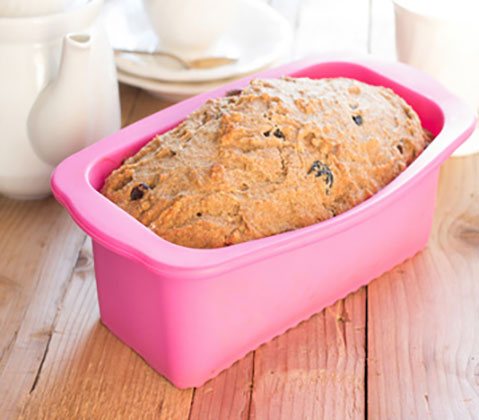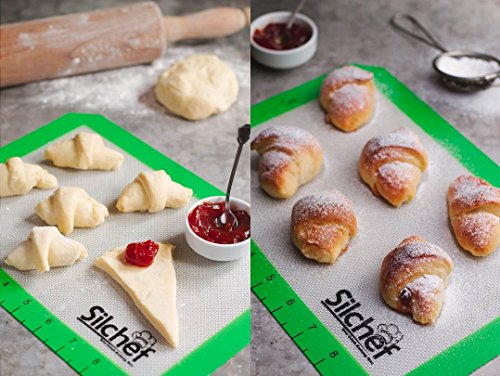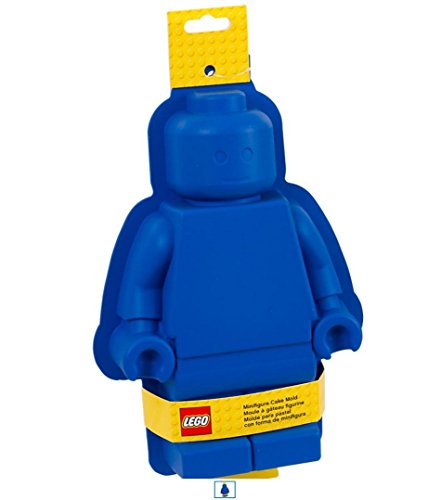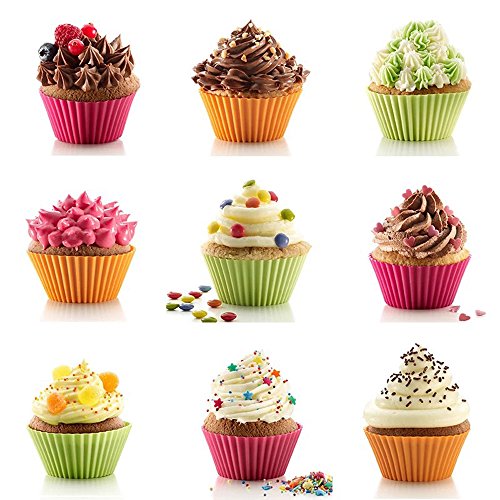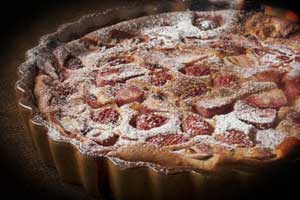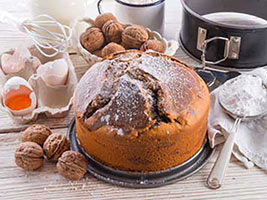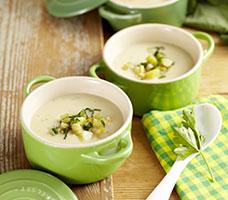Silicone baking sheets and cake molds are heat-resistant, non-stick, and dishwasher-safe. What more could you ask from bakeware?
It may well be the hottest trend in the baking world, but it’s still a relatively new addition to the kitchen. Many home cooks don’t yet have much experience cooking with silicone.
If you’re curious about how to use silicone cake molds and cookware, about it’s uses, and how well it works, then you’re in the right place. You’ll find everything you need to know here.
By the way, this post may contain Amazon affiliate links. This means that I receive a small commission, (at no extra cost to you) if you make a purchase through the links provided. Thank you for supporting Betty’s Bakeware.
How to use silicone baking sheets and cake molds
Learning how to use this product is simple. It’s very similar to using metal bakeware with a few minor differences.
- Unlike metal pans, silicone bakeware rarely needs to be greased before adding a batter. The non-stick coating combined with the oils and fats in the batter itself will ensure that the cakes, muffins, or whatever else you’re cooking can be removed from the molds easily.
- The only time you should add extra oil to silicone products is when you’re making something where the sugar content is much higher than the fat content (a very sweet cake for example).
- And if you’re new to these baking products and wanting confirmation that you can put silicone in the oven, it’s a yes.
Are silicone baking mats safe?
Or are you questioning if silicone safe for food storage or if baking mats are safe? Whether for cooking or food storage if you’ve not used these products before you might be feeling uneasy about trying them for the first time.
Silicone received a bad reputation in the 1970’s when the first generation of silicone breast implants hit the market and then hit the headlines for rupturing.
Like you, I don’t want to put my family or myself at risk either. The good news is that authorities consider silicone bakeware to be perfectly safe and that the product does not leach harmful chemicals into food materials. In fact, it’s one of only a few types of bakeware materials that is widely considered to be completely free from toxins which are sometimes found in metal bakeware, particularly in vintage pieces made from tin which, due to the risks, isn’t used to make cookware today.
For peace of mind, you’ll be happy to know that *the Food and Drug Administration (FDA) has approved silicone rubber for food grade use. Look for the FDA approval which will be clearly shown on the packaging.
It guarantees the product is pure silicone and has not been *adulterated with filler or other substances. (*This means the item is made poorer quality by adding another substance.) You can also find products that will note on the packaging if they’re BPA free.
What is silicone?
Silicone is a synthetic polymer created by adding carbon and/or oxygen to silicon. Existing in solid, liquid or gel forms you’ll find it’s used in the medical field for items like pacemakers, implants and joint replacements. It’s generally considered to be safe in these applications.
Further research from Health Canada states: “There are no known health hazards associated with the use of silicone cookware. Silicone rubber does not react with food or beverages, or produce any hazardous fumes.”*
Important: The same can’t be said for all metal cookware. Toxins are sometimes found in metal bakeware, particularly in vintage pieces. Due to the risks, these same materials are not used in manufacturing cookware today.
It’s worth noting this though because you may have baking and cooking items passed down from your mother or aunts. If you’re not sure how old they are or how long they’ve been sitting in their cupboards it’s better to commit these to the bin rather than risk your health.
Benefits of using silicone molds for baking
![]() This product isn’t vulnerable to the effects of rapid temperature changes.
This product isn’t vulnerable to the effects of rapid temperature changes.
This means it can be used successfully in both hot and cold environments.
![]() You can bake cakes in the oven or use the molds to make frozen yogurt, shaped ice cubes or chocolates.
You can bake cakes in the oven or use the molds to make frozen yogurt, shaped ice cubes or chocolates.
Silicone molds for baking, for freezing, for pretty much anything, makes them a welcome addition to any kitchen and a COST EFFECTIVE KITCHEN ESSENTIAL.
![]() There are some wonderful molds available for children’s birthday parties, Christmas and celebration cakes that you can’t find in other products. You can easily theme a party using the molds at a very low cost.
There are some wonderful molds available for children’s birthday parties, Christmas and celebration cakes that you can’t find in other products. You can easily theme a party using the molds at a very low cost.
How to clean silicone bakeware
If you’ve read reviews, you might seen reports that this type of bakeware is difficult to keep clean. Although it may seem like it’s hard to remove the sticky film that forms on the base of the cookware, it’s actually really easy once you know the insider tips.
This film forms when oils and fats leak out of the cake batter, or if you apply extra oils to the pan in the hope of creating a super non-stick surface. Remember – SILICONE BAKEWARE DOESN’T ALWAYS NEED GREASING, it depends on what you’re making.
The trick to getting it completely clean is to use hot water and a good quality dishwashing soap that cuts through the grease. Allow the pan to dry slightly (you want it to still be damp), and apply baking soda to any areas that still feel slim. Baking soda is a mild abrasive, and rubbing this in to the rubber will dislodge any stubborn oils.
Does silicone produce a superior product to that baked in traditional metal tins?
Cooks scanning silicone bakeware reviews really only want to know one thing – do silicone pans produce a superior product to those baked in traditional metal tins? Unfortunately they can’t transform you from an amateur baker to master chef.
As with all types of cookware, silicone does have a few flaws and limitations*. A disadvantage is that you’ll create ‘soggy bottoms’ if something that is particularly greasy (like cheesy muffins) have been cooked.
However, we don’t buy silicone bakeware because it creates a better product, we buy it because it’s undoubtedly the easiest type of cookware to work with. t’s heat resistant, it’s non-stick, and it’s dishwasher safe – what more could you ask from silicone bakeware?
If you’re after unique cake pans, silicone gives you options in abundance. The ability to use in ovens and freezers with a variety of materials, whether it be cake batters, chocolates, sweets or soap making gives unsurpassed flexibility. You can do it all in silicone molds.


